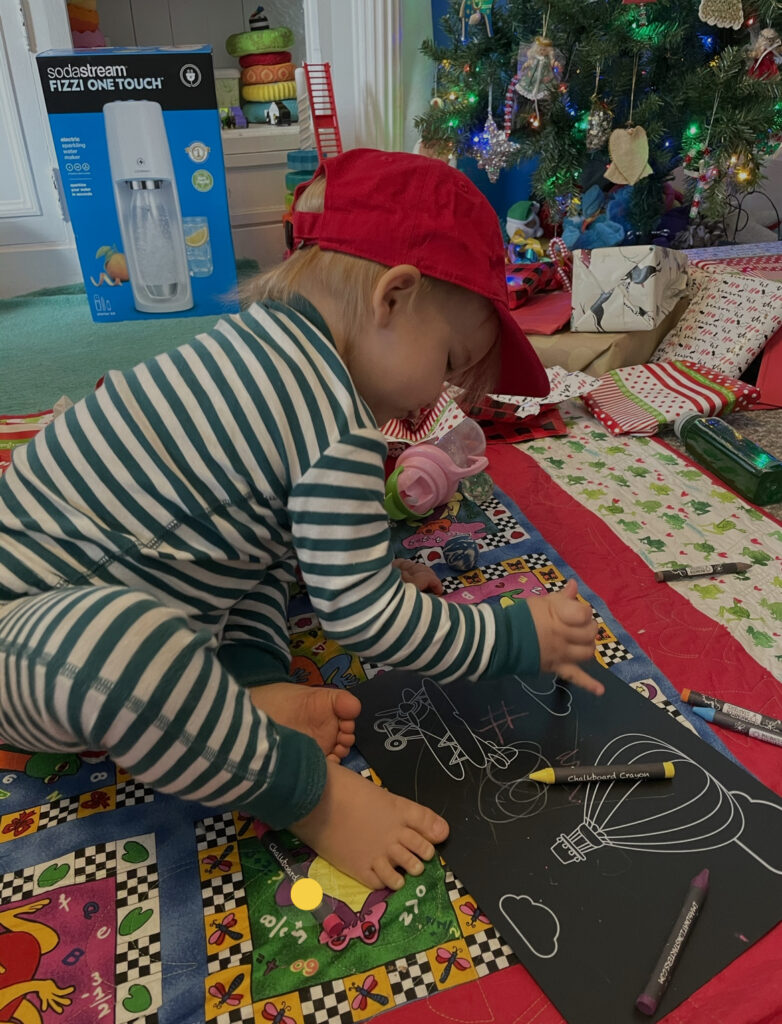
Back to school is a great time to address handwriting skills. As children enter pre-school and kindergarten handwriting concerns are often brought up by parents and teachers working with the child.
Addressing handwriting challenges are not simple, as handwriting is complex that involves many different skills before we can have the expectation for a child to be successful. This post will discuss the breakdown of handwriting skills expected at each age and writing utensil grasp.
The building blocks to handwriting include:
- Pre-writing skills
- Postural control
- Fine motor control (including pincer grasp and in-hand manipulation skills)
- Bilateral coordination
- Hand grasp development
- Visual perception
- Visual motor integration
- Motor planning
- Attention
- Proprioception (awareness of the where fingers are in space)
Age Development of handwriting:
- 18 months: scribbling with crayons on paper.
- 24 months: begin imitating vertical line and circular shapes.
- 2.5 years: imitating horizontal lines and beginning to imitate a circle on paper.
- 3 years: able to copy vertical, horizontal, and circle shapes.
- 4 years: able to draw person with 3 different body parts (head, legs, arms, body)
- 4.5 years: able to copy a cross shape.
- 5 years: able to copy left/right diagonal lines and copies a square.
- 5.5-6 years: able to copy triangle shape and a letter X; able to print name with both upper and lower case letters
Age development of handwriting grasp:
- 1-2 years: palmar supinate grasp (fisted grasp on writing utensil with thumb pointed towards the top)
- 2-3 years: digital palmar grasp (holds with fingertips and thumb with thumb facing down and small finger facing up)
- 3-4 years: static tripod grasp (fingers and thumb grasping a writing utensil with thumb and fingers facing the writing tip)
- 4-5 years: static tripod grasp continues to develop.
- 5-6 years: dynamic tripod are developing (index/middle finger and thumb on pencil tip with the ring and pinkie finger tucked)
With all these milestones, the best way to develop these skills is to have your child use building blocks, play dough, drawing/coloring, painting and even cooking in the kitchen with you are all very important activities in the development of handwriting.